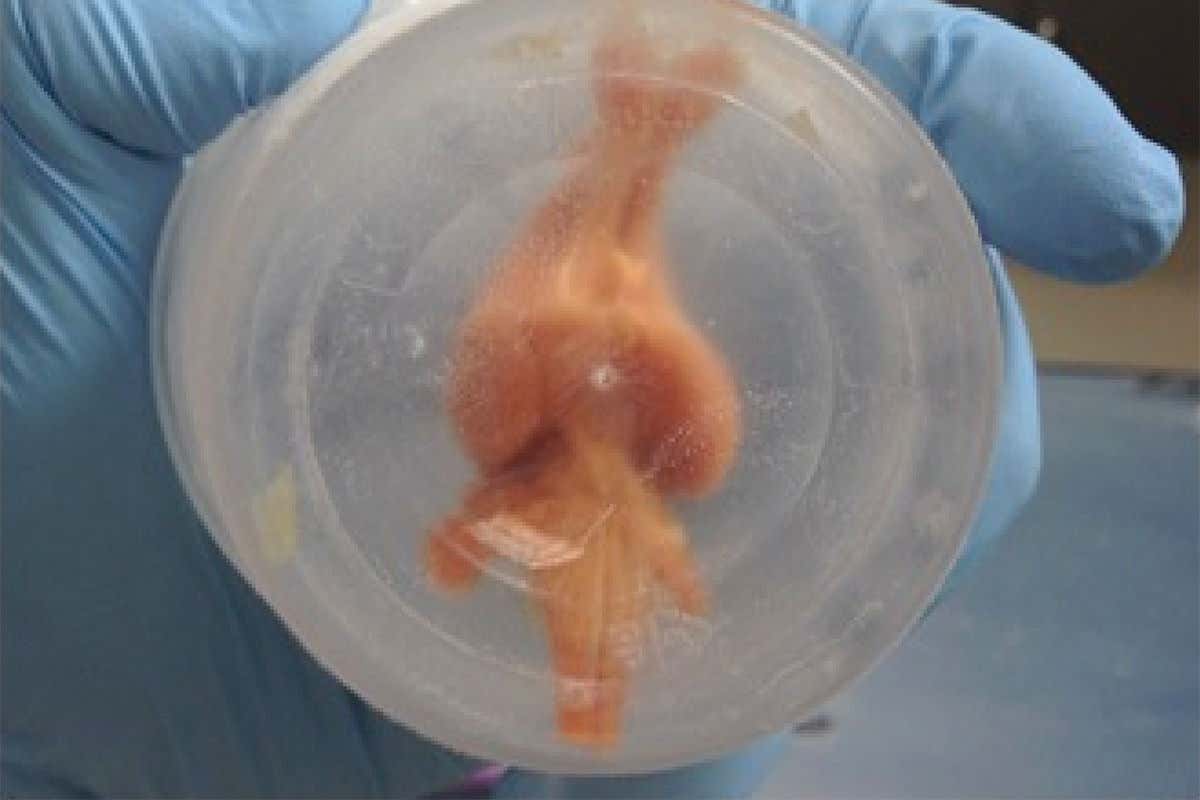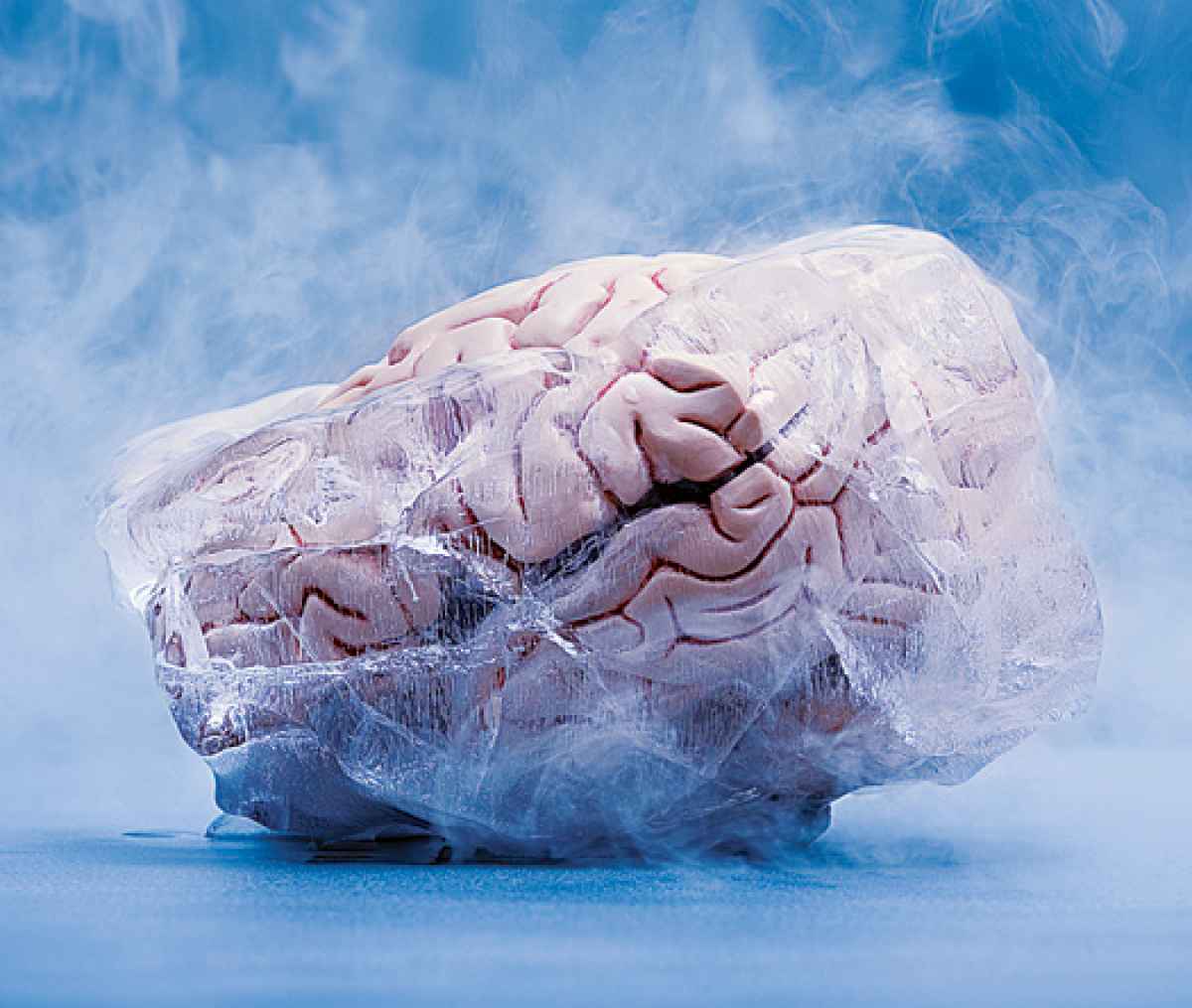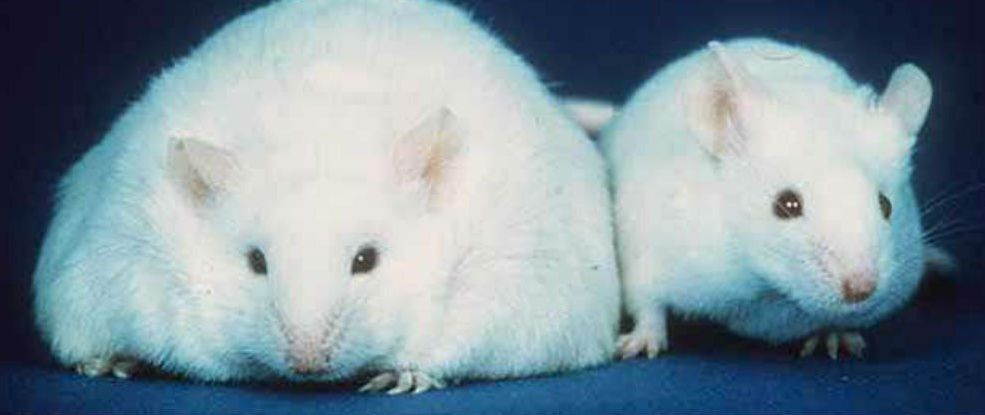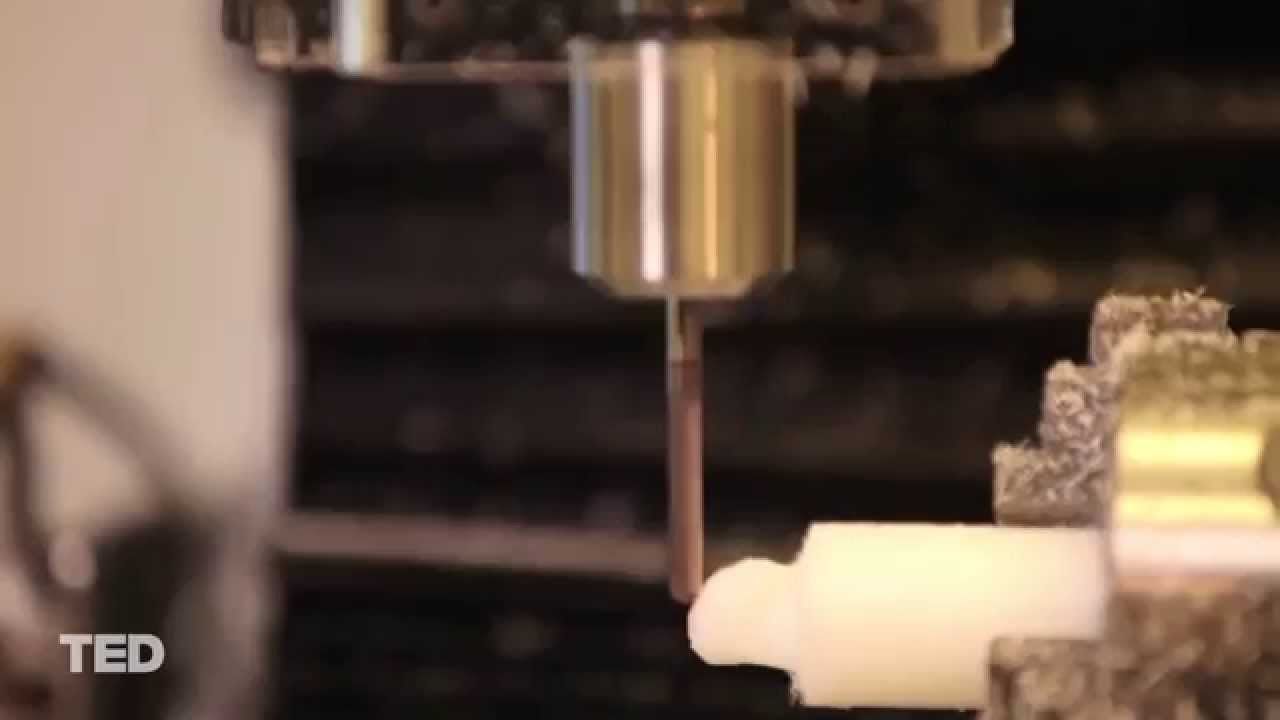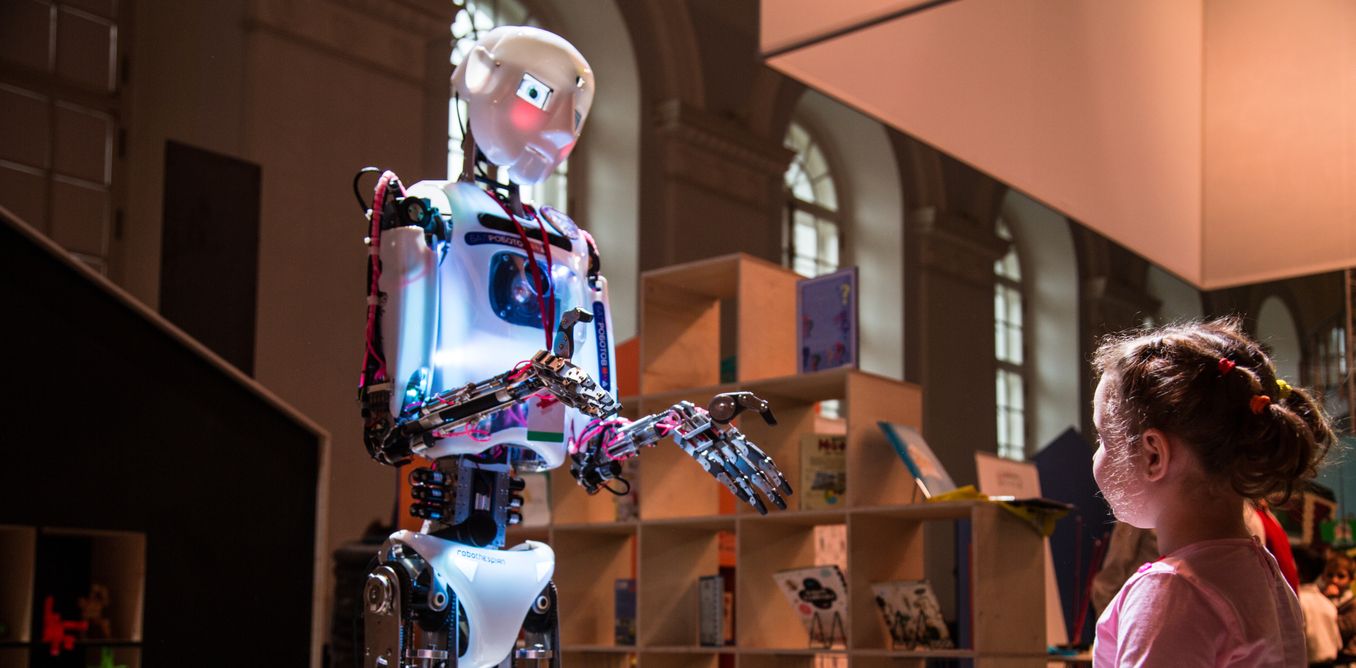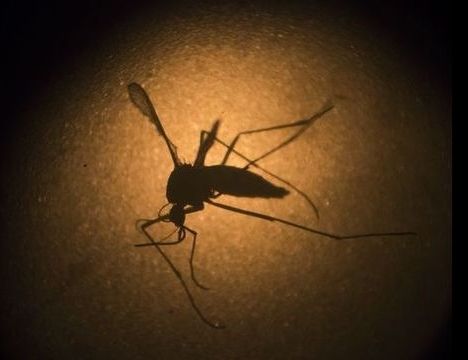Interesting. What do you think of this?
A mammal brain has been defrosted from cryogenic storage in an almost perfect state for the first time. This breakthrough, accomplished using a rabbit brain, brings us one – albeit tiny – step closer to the prospect of reanimating a human brain that has been cryogenically preserved.
After death, organs begin to decay, but we can delay this by cooling these tissues, just like freezing food. But in the same way that a frozen strawberry becomes soggy when defrosted, it is difficult to perfectly preserve mammals at cold temperatures. We, and strawberries, contain large amounts of water, which freezes into ice crystals that damage cells.
Cryoprotectants can prevent this ice damage, working like medical-grade antifreezes and preventing organs from freezing. This works in small worms and rabbit kidneys, but it needs to be administered quickly, which usually causes brains to dehydrate and shrink.
